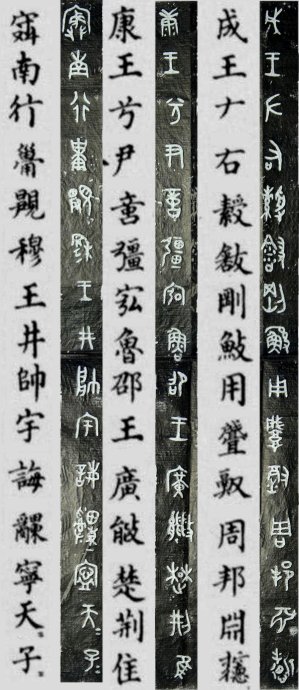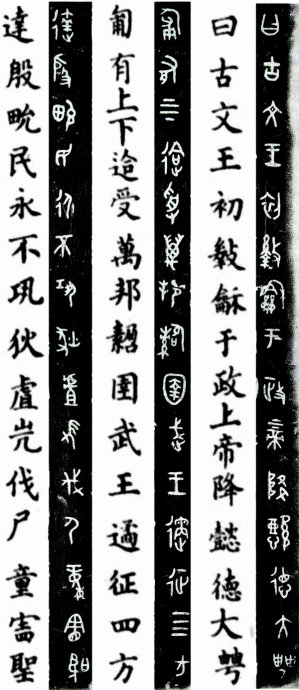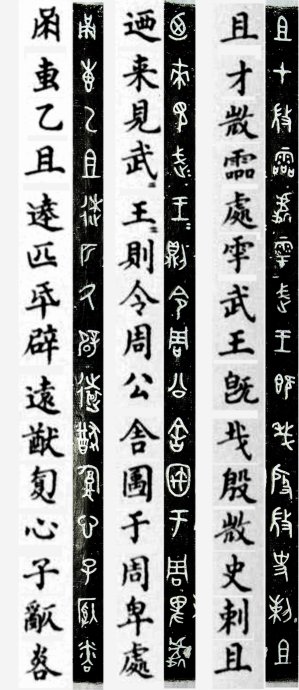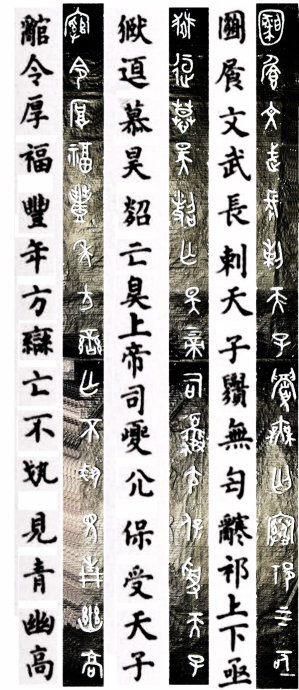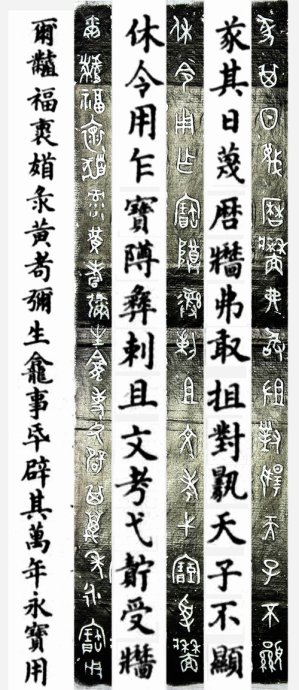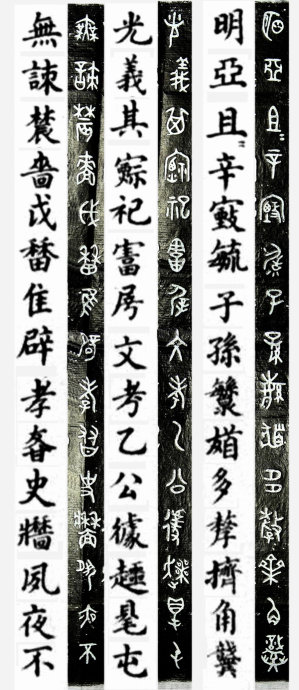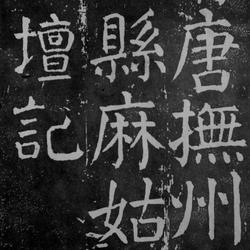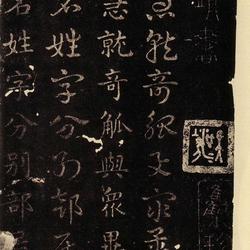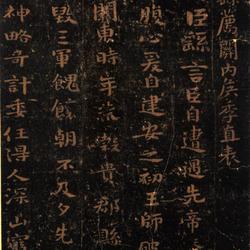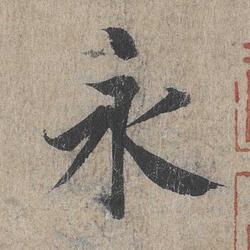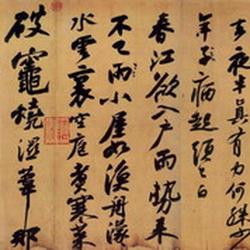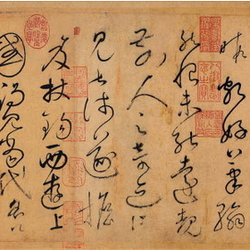High-definition large-scale rubbings of Western Zhou bronze inscriptions "Historical Wall Disk"
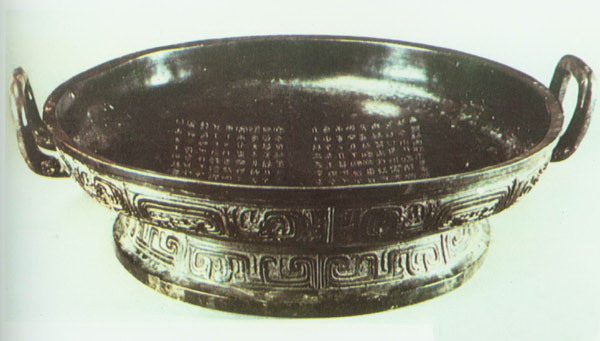
During the Shang and Zhou dynasties, bronzes were valuable items owned by princes and nobles, symbolizing power and status. These bronzes are not only the epitome of the social, political, economic, ideological and cultural, and people's aesthetic tastes at that time, but the inscriptions engraved on these objects can provide the most credible evidence for the study of the early history of the Chinese nation. They can be called the most valuable treasure house of Chinese culture. A dazzling pearl.
Bronze plates were important and common bronze vessels during the Shang and Zhou dynasties. According to the document "Book of Rites Nei Principles", "When entering the washroom, the younger ones offer pans, and the elders offer water. They ask for the wash basin, wash the soldiers, and give them the towel." Duan Yucai also said in the note of "Shuowen Jiezi" that "the person who holds the plate is also the water container", which means that the plate is a water container. During the Shang and Zhou Dynasties, nobles would perform the ritual of washing their hands before offering sacrifices and banquets. They would pour water on their hands with a bowl, and put a plate under their hands to receive the discarded water after washing their hands to show their cleanliness. In archeology, it is found that the disk is often used in conjunction with the 匜 as evidenced by this.
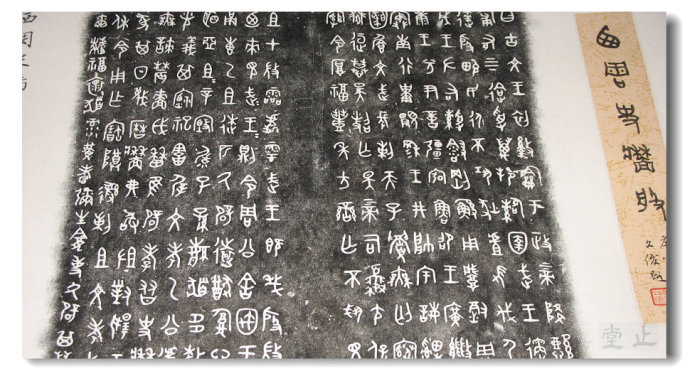
The Shiqiang Plate is a bronze ware from the middle of the Western Zhou Dynasty. It was made by a famous member of the Wei family to commemorate his ancestors. It was named because the author Qiang was a historian. Its discovery was purely accidental - on December 15, 1976, on a slope more than 100 meters south of Baijia Village, Fufeng County, Shaanxi Province's Zhouyuan site, villagers discovered a bronze artifact 30 centimeters from the surface when they were leveling the land. A total of 103 bronzes were unearthed from the kiln, 74 of which had inscriptions. These bronzes have thick shapes, exquisite patterns, and rich inscriptions. They provide extremely important information for the history of the Western Zhou Dynasty, the dating of bronzes, and the study of ancient characters. They immediately aroused national historical interest. and great concern from the archaeological community. The most important bronze artifact in the Nan Kiln Collection of Baijia Village is the Shiqiang Plate. In June 1996, the State Administration of Cultural Heritage organized an expert appraisal team to appraise it and it was designated as a national treasure. In 2008, he was transferred to Beijing to participate in the Olympic Treasures Exhibition.
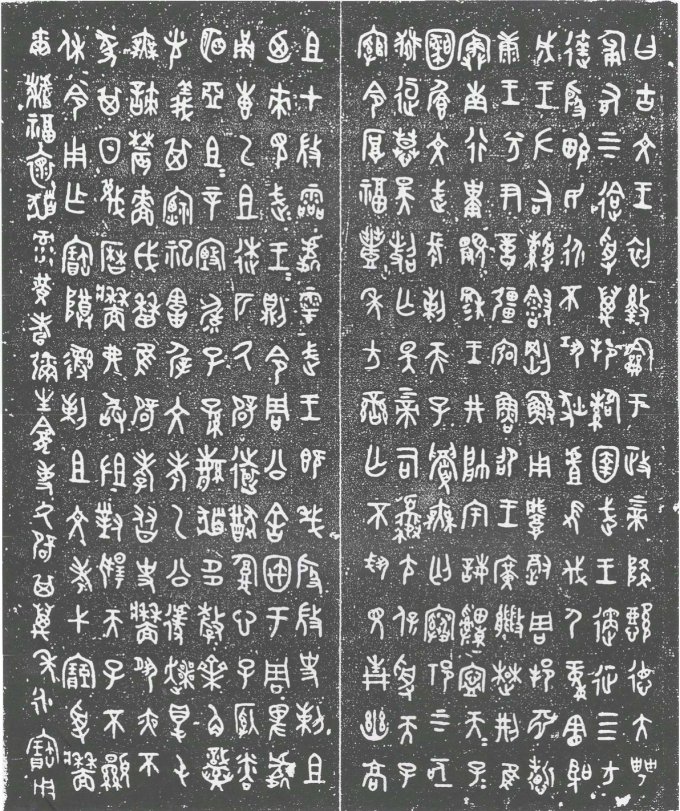
The historical wall plates are grand in shape and well-made. The plate height is 16.2 cm and the diameter is 47.3 cm. Round, shallow belly, double attached ears, circle feet. The belly of the vessel is decorated with bird patterns, the circle foot is decorated with cloud patterns, and the ground is decorated with thunder patterns. The shape is stable and the production is exquisite. There is an inscription on the inner bottom with 18 lines and 284 words. The wording is neat and gorgeous. It is the longest inscription on bronze found after liberation. It is the earliest inscription in the known era with an obvious parallel script style. It has a high literary value. The first part of the inscription traces the achievements of kings Wen, Wu, Cheng, Kang, Zhao and Mu in the early Zhou Dynasty; the second part records the development history of the Wei family. Although experts and scholars have different views on the details of the inscription, the general idea is similar. The history of the Western Zhou Dynasty recorded in the inscriptions ends with King Mu, so it is generally believed that this vessel belongs to the period of King Gong. Some people think that after Wei Zi, they are the remnants of Shang. It is recorded in the literature that after King Wu destroyed Yin, Wei Ziqi descended to Zhou and sent his son to see King Wu of Zhou. This is what the inscription says: "King Wu Wu was good at Yin, and Wei Shi Cizu came to see King Wu." At the time of Yizu, he became an official in Zhou Dynasty and became a trusted minister of the King of Zhou. The end of the inscription explains that the wall was built as a memorial to praise its ancestors and pray for blessings. The "Historical Wall Plate Inscription" is the most important piece of Western Zhou bronze inscription discovered since the founding of New China. It provides a reliable basis for studying the history of the early Zhou Dynasty and is an important historical material for studying the history of the Western Zhou Dynasty.
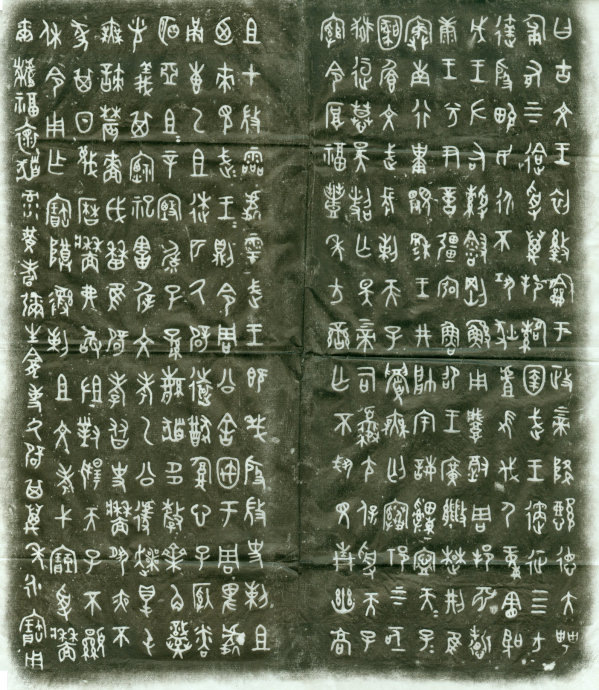
The characters cast inside bronze objects are called inscriptions, also known as "bronze inscriptions". The gold calligraphy on bronzes of the Yin and Shang dynasties is square and straight, with heavy traces of tracing and a strong decorative quality; the gold calligraphy after the middle of the Western Zhou Dynasty downplays the decorative nature of calligraphy and is rich in writing. "Shi Qiang Pan" is a representative work of the mature form of Western Zhou Dynasty gold calligraphy. The full text has 18 lines, with a blank line in the middle, forming two groups of nine lines each. The text is arranged neatly, vertically in rows and horizontally in columns. No matter whether the strokes are long, short, vertical or horizontal, they all have a backward arc, which is smooth and round, and has a rich writing meaning. The author also pays attention to the interlacing and echoing between strokes, and the words are neatly knotted, presenting a delicate and elegant posture. The font of the inscription is the standard font of the time. The fonts are neat and uniform, the strokes can turn horizontally and vertically freely, the thickness is consistent, and the strokes are smooth. It has the meaning of Xiaozhuan in later generations. "Shiqiangpan" is so old that many of its texts are no longer legible, leaving it to be explored by scholars of gold literature.
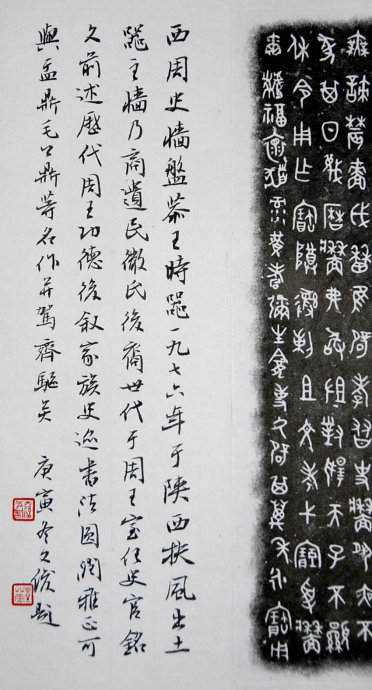
The inscription on the Shiqiang plate is one of the most valuable bronze inscriptions discovered so far. Although its number of words is inferior to that of the Maogong tripod, Xiaoyu tripod, Sanshi plate, etc., its content should be far higher than the above-mentioned vessels. It not only has extremely high research value in history and bronze dating; it also has outstanding characteristics in terms of stylistic structure, modification techniques, and rich and gorgeous vocabulary.
Regarding the inscriptions on the historical wall plate, the famous historian, paleographer, and Professor Li Xueqin of Tsinghua University once explained the following:
It is said that King Wen of ancient China was at the beginning of his political life. God sent him a great virtue, which made him prostrate himself to all the nations. King Yu Wu conquered all directions, reached Yin, and the people were Yong, but he did not consolidate Dihu and attacked Shitong. Xiansheng becomes king, you are right and powerful, and you use it to conquer the Zhou Dynasty. King Kang, Xi Yin. King Lu Shao, Guang Chu Jing. The bird travels south. King Mu, Jing Shuai Yujie. Ning Tianzi, the emperor has long thorns in civil and military affairs, and the emperor has no thorns. Qi is up and down, eager to admire, Wu is dead and smelly. God, Si Zhao, I have been ordered by the emperor to be blessed with good fortune and good years, and I will not die without seeing you. Green, quiet and high, it is a beautiful place. King Wu was in Yin, and the governor came to see King Wu. King Wu ordered the Duke of Zhou to stay in the humble place of Zhou. Yihe, Pi Yepi, far away from You Xinzi. Mingya Qieqixin, Yu's descendants, many chopsticks, Jiaoguang, righteousness and sacrifice. Wen Kao Yi Gong, there is no farm in the village, and the farmers are stingy and the army is open. The history of filial piety, if you stay up all day and night, you will be disdainful every day. Fu dared not to give up his order to Emperor Yang Pi, so he used Zha Bao Yi. Thorn and literary examination, Yi accepts you. The blessings are recorded, the yellow rice is alive, the niche is established, and it will be used forever for thousands of years.
Rubbings of inscriptions on historical wall plates are extremely rare and precious. When it was unearthed, it was stored in local cultural relics institutes and museums. The small number of rubbings made after rust removal were clear and exquisite, and were once regarded as public relations masterpieces by local officials. It was later discovered by the State Administration of Cultural Heritage, which was strictly prohibited and sealed. It is said that the original artifacts have been transferred to the secret collection of the underground palace of Famen Temple in Xi'an. A small amount of rubbings flow into the market, and those who get them treasure them, and they are expensive. This rubbing of an inscription on a historical wall plate is here in our possession. The rubbing work is top-notch and can be enjoyed by everyone.
